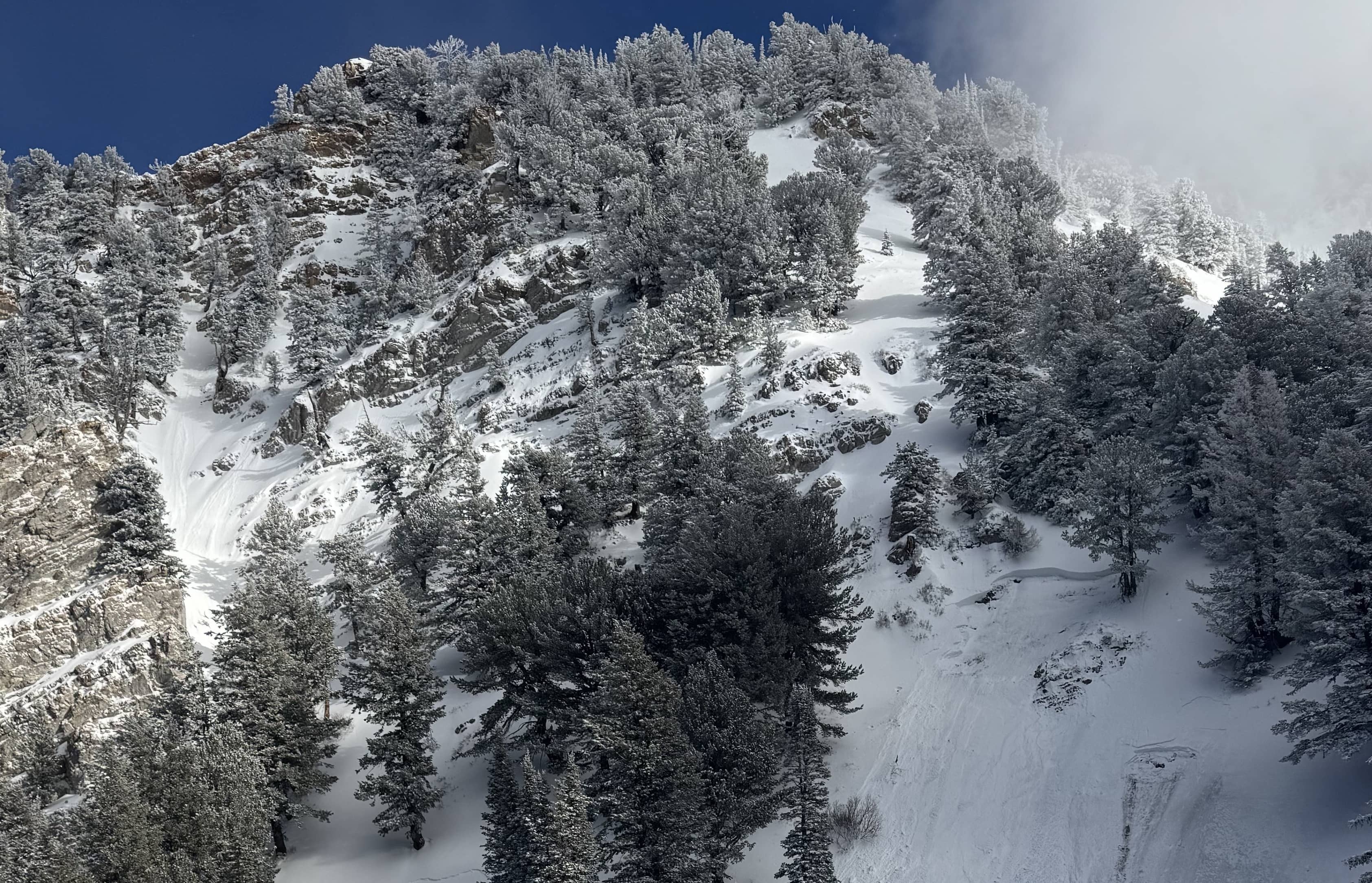
As the winter season progresses, avalanche danger continues to shrink. However, officials at the Utah Avalanche Center are still advising caution as residents explore the high country of the Manti Skyline. Brett Kobernik from the UAC called into the KOAL newsroom to provide this weekend’s avalanche forecast.
In previous weeks, the Manti Skyline has seen danger levels drop from high, to considerable and now finally down to moderate. Kobernik explains,” We did pick up some snow over last weekend, a storm that moved through on Saturday. It delivered somewhere in the range of two to four inches at the top of Huntington Canyon and the Fairview zone and a bit more down in the central skyline.”
The avalanche expert added,” We have been seeing quite a bit of stabilization of the existing snow happening. We’re dealing with a moderate avalanche danger. This does mean that human-triggered avalanches are still possible, but again, things have been more stable. It’s the most stable we’ve seen so far this year. We are still concerned about those deeper weak layers, but that’s going to be more of a concern once we start seeing some more snow.”
This Saturday, Jan. 18, the UAC will be hosting a free avalanche beacon training for outdoorsmen who might not be familiar with the equipment,” one of the first things we always tell people when they’re interested in backcountry avalanche safety is get the right gear and know how to use it. So the three pieces of gear that folks should carry if they’re serious about traveling the backcountry are an avalanche beacon, shovel and probe. And so this Saturday at the North Skyline Drive parking lot, that’s at the top of Fairview Canyon. It’s basically at the corner of State Road 31 and State Road 264, where that intersection is there. I think we start at 8:30 a.m., and we’ll be there till about 1 p.m.”
As for what this training entails, Kobernik explained,” This is a really important thing because it’s not just owning the gear that’s going to keep you safe out there. You have to know how to use this stuff, and it’s not super intuitive. But what we find is that after an hour of instruction, folks will feel a lot more confident about using that gear.”
Previously, Kobernik has discussed the danger posed by steep slopes while the danger is high. We asked Kobernik, with the danger levels lowering, if he would still avoid these slopes,” There’s not any red flag that we’re seeing right now. We haven’t seen any recent avalanche activity. The snowpack has been quiet. It’s not collapsing underneath us. Our stability tests are showing no results. So we’re not getting failures with those stability tests. Really, the only clue is that there’s still sugary snow at the base of the snowpack, and I just don’t trust that stuff.” He added,” I think you could probably go on to 20 different steep slopes, and maybe only one of them triggers. So you have to ask yourself, do you feel lucky? It’s a difficult situation. Low probability, high consequence.”
In closing, Kobernik shared,” I think the message is that we’re seeing more stable conditions than we have right now. It’s going to be fairly unlikely that we hear about avalanches this weekend. And we’ll just have to wait and see how this snowpack shapes up in the long run. We could see continued stabilization throughout the rest of the season, or we may see dangerous conditions arise once we start getting more snow.”
To stay up to date with current avalanche conditions in the high country, visit utahavalanchecenter.org.
